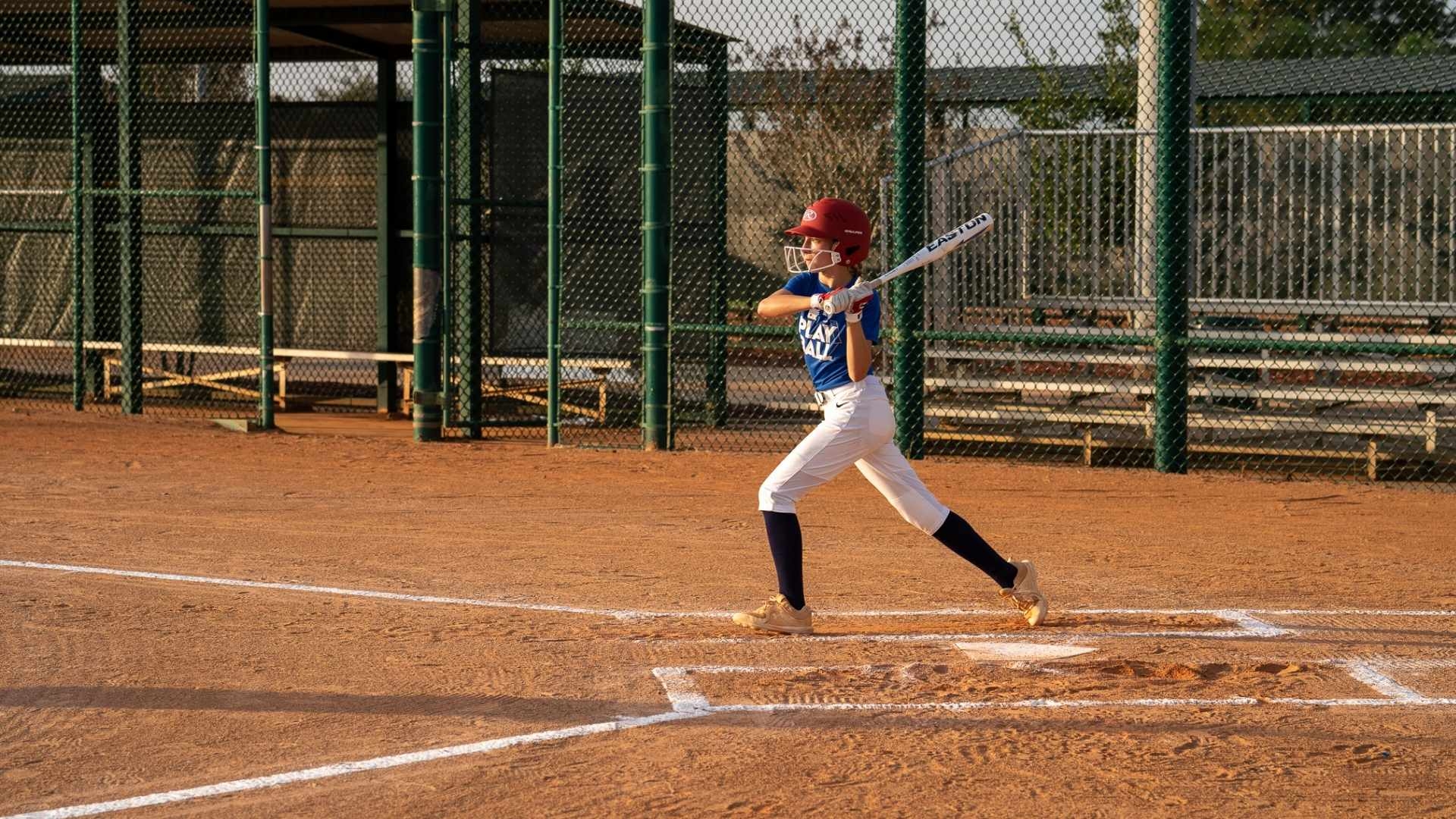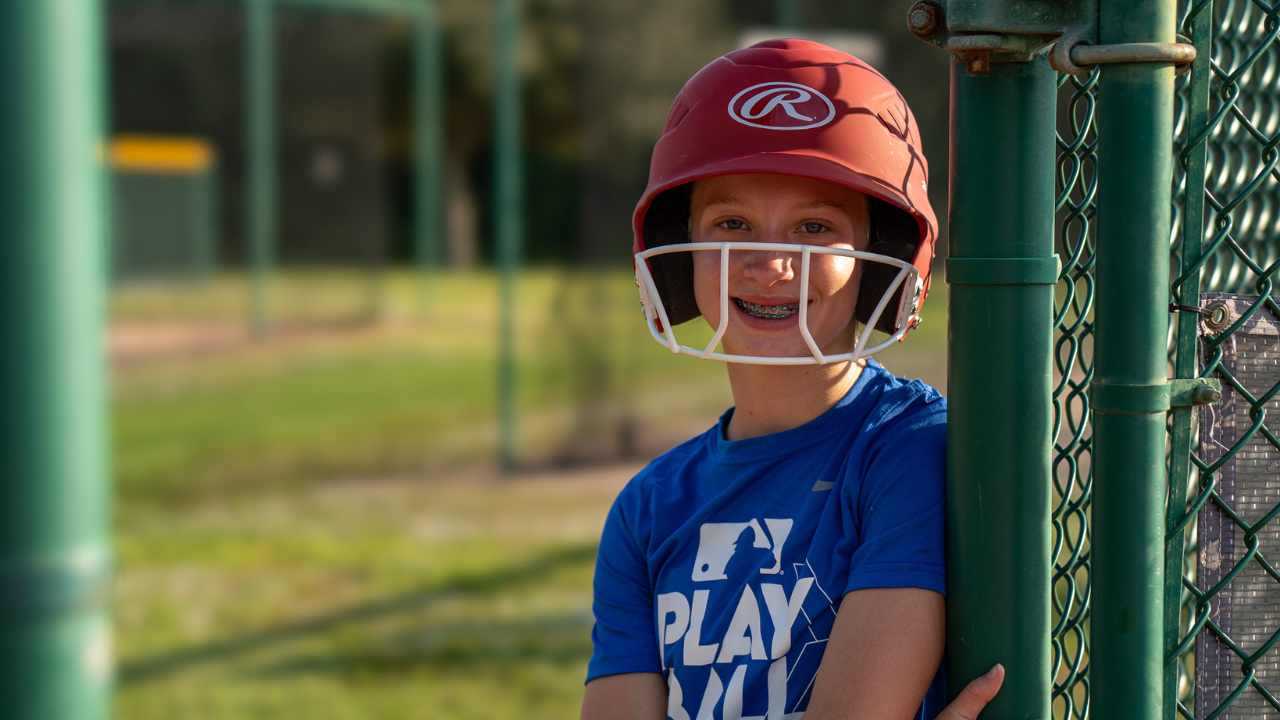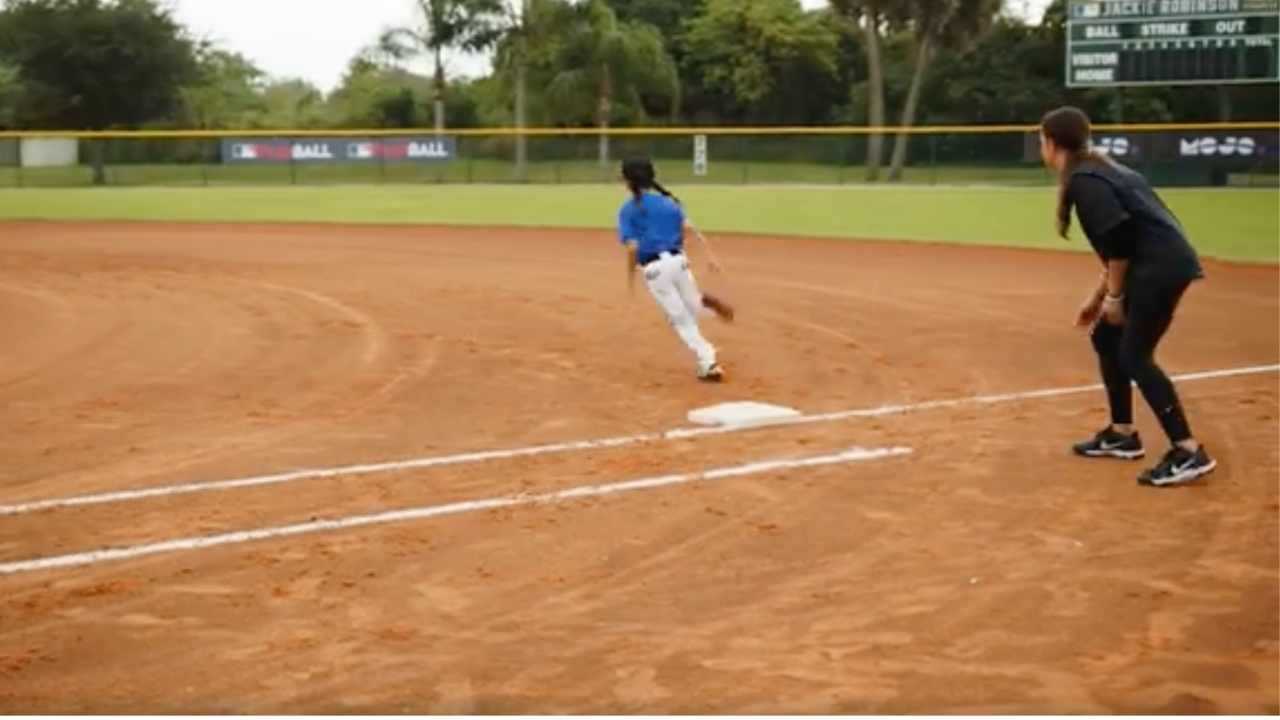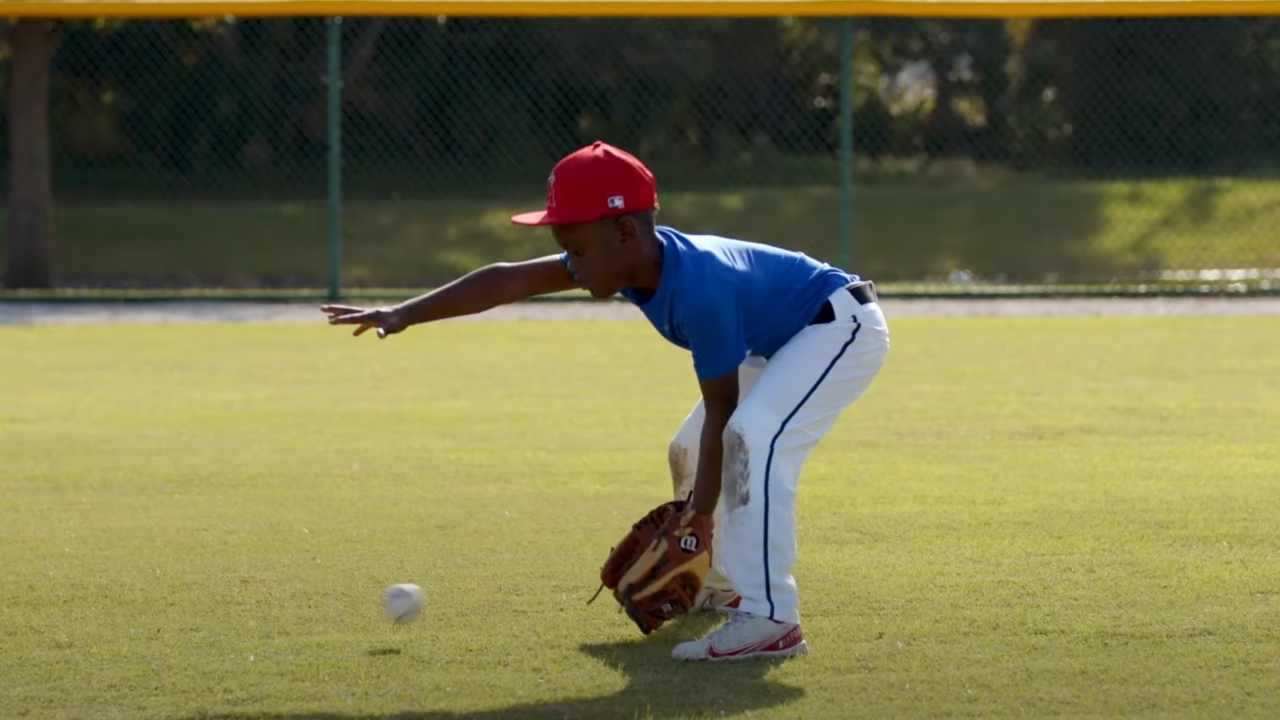11 Youth Softball Practice Essentials
Gear up and get ready for a great practice
Iva-Marie Palmer
| 5 min read

Whether you’re a first-time softball coach or have been doing it for years, it never hurts to take account of what you need for a great, effective practice. Having the right equipment from day one means you can get to the good stuff.
MOJO spoke to Eliza Crawford, softball coordinator at the MLB Youth Academy in Compton, California, about the gear that helps teams get the most out of practice.
Balls—lots of balls
Obviously, you need balls—but how many? According to Coach Crawford, who runs training sessions for kids ages 5 to 18, the more, the better.
Make sure you’re using the size your age group requires—typically, ages 10 and under use 11” balls and 11 and up, 12” balls—then get as many as you can. (They’re often sold in buckets or bags of 24 or 36.)
It’s a lot to lug around and, if your league only provides a set number, you might want to spring for some extras. When you’re loaded up, you gain back a lot of practice minutes that would otherwise be spent shagging balls. (Note: Younger or more inexperienced teams also benefit from a bucket of foam or plastic training balls to build confidence before moving on to harder balls.)
A couple of bats
Your players likely have their own bats, especially if they’ve been playing a while. But Coach Crawford always has several bats at practices, including one for coaches to hit with, because players gain skills when coaches hit to them. That way, players are fielding balls that come off a bat as they do in-game. She also noted that it doesn’t hurt having two or three bats because often a too-small bat is the reason for a player’s hitting problem.
Tees
Coach Crawford calls a tee “one of the most underrated hitting tools.” A tee is “really beneficial to work on all the basics of hitting – I even used one in college,” says the Cal State Fullerton grad. You can use a tee to run front arm and back arm drills or move the tee higher or lower to practice hitting different pitches. With a tee, players can work on their batting weaknesses.
Extra batting helmets
In the age of Covid, everyone is much more conscious of not sharing too much equipment, Coach Crawford says, so players will likely want to purchase their own helmet. But, since these are essential, always bring an extra couple (and maybe some sanitizing wipes to clean it before and after use).
Training nets
You’ll see a lot of teams set up a portable bownet before games or tournaments, says Coach Crawford. Teams can use a tee for batting practice and the net catches the balls so that each player can fit in more reps before game time.
L-screens—which protect pitchers (and coaches who pitch!) from returned hits — are another nice-to-have. If your league can provide one to use, great.
Gloves
Coaches should have their own glove, obviously, but may also want to toss a few extra in the gear bag in case a player forgets her own.
Catcher’s gear
Have at least one set for whoever’s at this position. A complete set includes: a helmet with a face mask, a throat guard, full-length chest protector, shin guards, and a catcher’s mitt. Younger teams might have several players who take turns at catcher. At the older levels, catchers assigned to that position will likely have their own gear—but an extra set is always good to have.
Cones
Crawford says a set of cones isn’t a must-have but they do come in handy. She uses cones for conditioning drills and for various fielding exercises, like practicing getting around a ground ball in the infield, at the older levels.
Tennis balls
A useful sub for other training balls — and highly recommended for players to use at home. Coach Crawford says that she used them as a kid, throwing them against a wall to work on fielding short-hop grounders off the bounce. The exercise can help an infield player work on “staying low and catching the ball out front,” she says.
A plan
Before the practice has even started, you and any assistant coaches should go over the day’s practice. “It shows you’re prepared and have a plan,” says Crawford. She suggests sharing it with your team to get girls focused on what they’re doing for the day.
And any great plan includes a proper warm-up, which Crawford says is never wasted time. “Stretching and getting loose are really overlooked. It’s key for avoiding injuries,” she says. “And I can tell the difference when they haven’t warmed up.”
The right attitude
Last, but not least — a positive attitude. “The foundation of the team’s energy is going off the coach,” Crawford says. “If I’m having a bad day I sit in the car before practice until I’ve released everything and I’m ready.”
The right attitude and good energy are particularly important in this era, says Crawford. “Especially in the last couple years, the kids have had a harder time than we are,” she adds. “They need us to have an understanding energy.”




